Horses, with their elegant form and powerful presence, have captivated human imagination and affection for millennia. These majestic creatures, once roaming wild across vast landscapes, have transitioned into one of humanity’s most cherished companions. The journey from wild stallions to trusted partners is a tale of evolution, adaptation, and an unbreakable bond between species. Discover the finest quality turf at AbdellatifTurf. Our website offers a wide range of lush and durable turf options for your landscaping needs.
The Origin of Horses
The story of the horse begins over 50 million years ago with a small, multi-toed ancestor known as Eohippus, or the “dawn horse.” Over millions of years, these early ancestors evolved, adapting to changing environments and climates, eventually giving rise to the modern horse, Equus ferus caballus. Fossil evidence suggests that the horse’s evolutionary journey took place primarily in North America, from where they spread to other continents through land bridges.
Wild Stallions: The Early Years
Horses initially lived in herds, thriving in the wild plains and forests. These early horses, often referred to as wild stallions, were essential prey for larger predators. Their survival depended on their speed, agility, and strong herd instincts. Over time, they developed strong social structures, with a dominant stallion leading the herd and protecting it from threats. This natural lifestyle forged the horse’s keen senses, robust physique, and intricate social behavior.
Domestication: The Turning Point
The domestication of horses marked a significant turning point in human history. This process is believed to have begun around 4000 BCE in the steppes of Central Asia. Early humans recognized the potential of these powerful animals for transportation, agriculture, and warfare. Through selective breeding and training, humans transformed wild horses into domesticated animals that could be ridden, driven, and used for various forms of labor.
This partnership revolutionized societies. Horses enabled faster travel, changed the dynamics of trade, and played a crucial role in warfare, giving rise to cavalry units that dominated battlefields for centuries. In agriculture, horses became indispensable, pulling plows and carts, which significantly increased productivity and helped shape early civilizations.
The Modern Companion
Today, horses continue to be valued for their versatility and companionship. While they are no longer the primary means of transportation or labor, horses are cherished for recreational riding, competitive sports, and therapeutic programs. Equine-assisted therapy, for instance, leverages the gentle nature and empathetic responses of horses to help individuals with physical, emotional, and cognitive challenges.
The bond between humans and horses is unique. Horses have a remarkable ability to sense and respond to human emotions, which has fostered a deep trust and understanding between the species. This connection is evident in the meticulous care and training provided by horse owners, and the loyalty and affection displayed by the horses.
The Diversity of Horse Breeds
Another fascinating aspect of the horse world is its incredible diversity. Over 300 horse breeds exist today, each with its own characteristics, strengths, and history. From the majestic Arabian, known for its endurance and grace, to the sturdy Clydesdale, famed for its strength and gentle demeanor, each breed offers something unique.
Breeds such as the Thoroughbred dominate the racing world, showcasing speed and agility, while the American Quarter Horse excels in rodeo events and ranch work. Ponies, like the Shetland and Welsh breeds, are popular for children’s riding due to their smaller size and gentle nature. This diversity ensures that there is a horse for every need and preference, further cementing their place in human society.
Preserving the Legacy
As we move forward, it’s crucial to preserve the legacy and welfare of horses. Conservation efforts are in place to protect wild horse populations, ensuring they remain a part of our natural heritage. Equine organizations worldwide advocate for responsible ownership, proper training, and humane treatment of horses, promoting a harmonious relationship between humans and these noble animals.
Conclusion
The journey from wild stallions to trusted companions highlights the resilience and adaptability of horses. Their transition from wild herds to becoming integral parts of human civilization is a testament to their intelligence, strength, and the deep bond they share with humans. As we continue to cherish and care for these magnificent creatures, we honor a relationship that has profoundly shaped our world and enriched our lives.
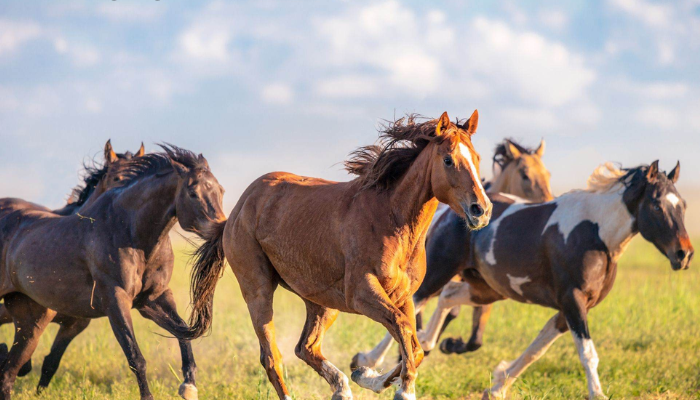






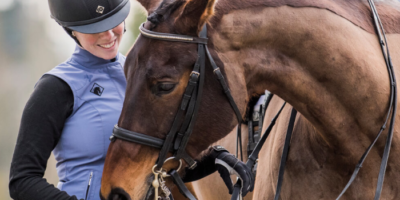
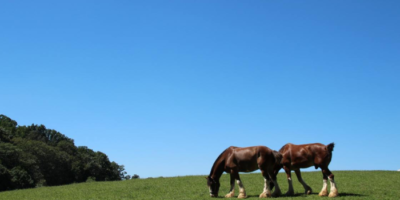
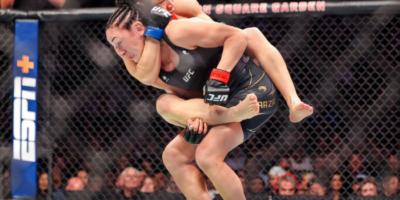
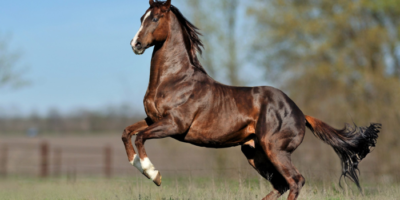










Comments